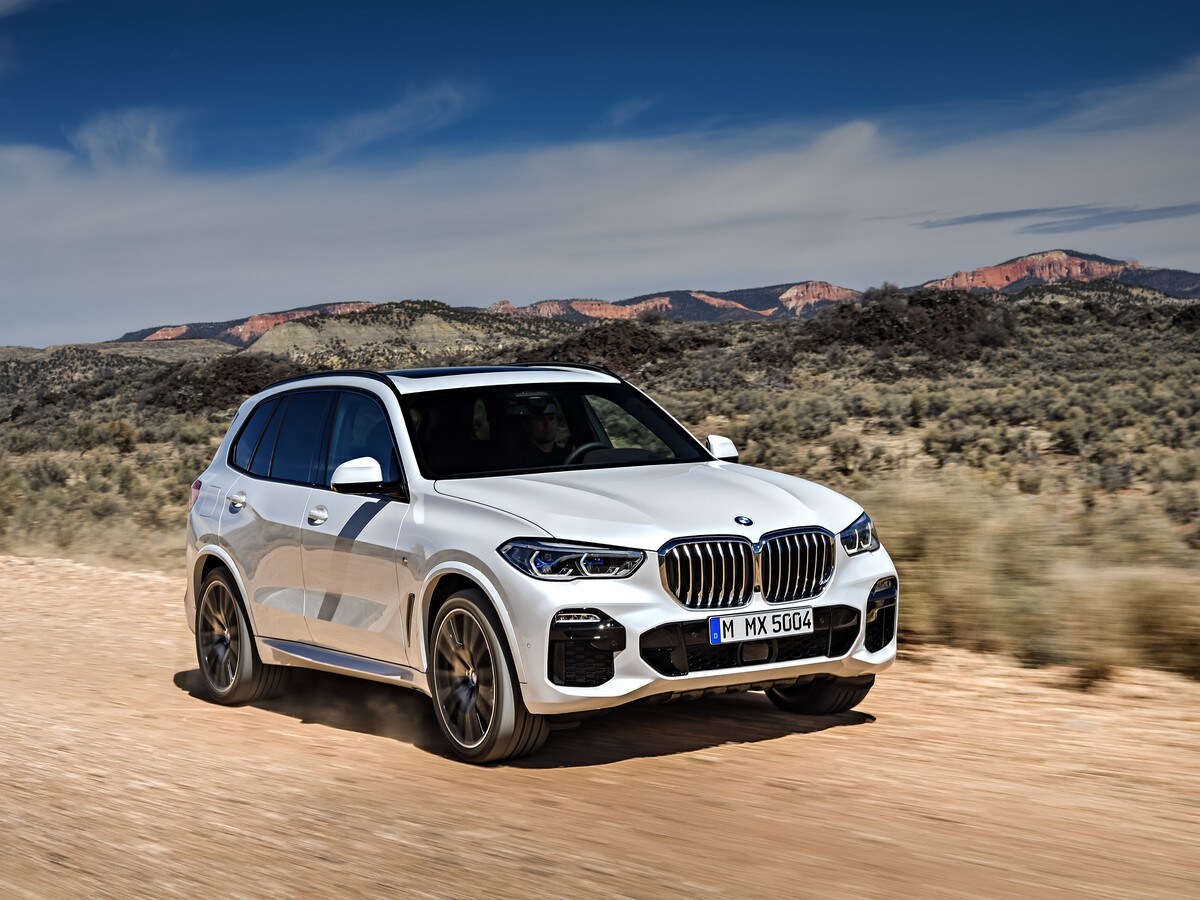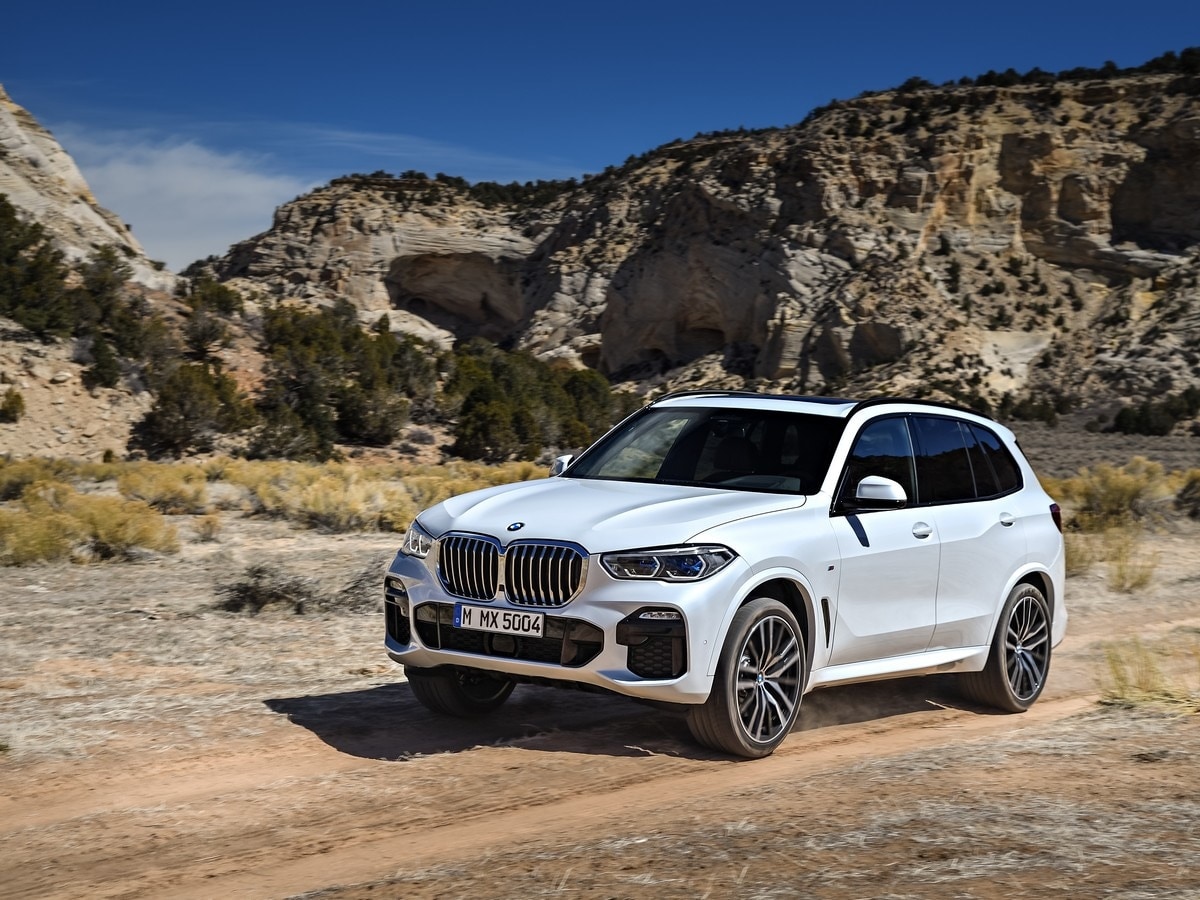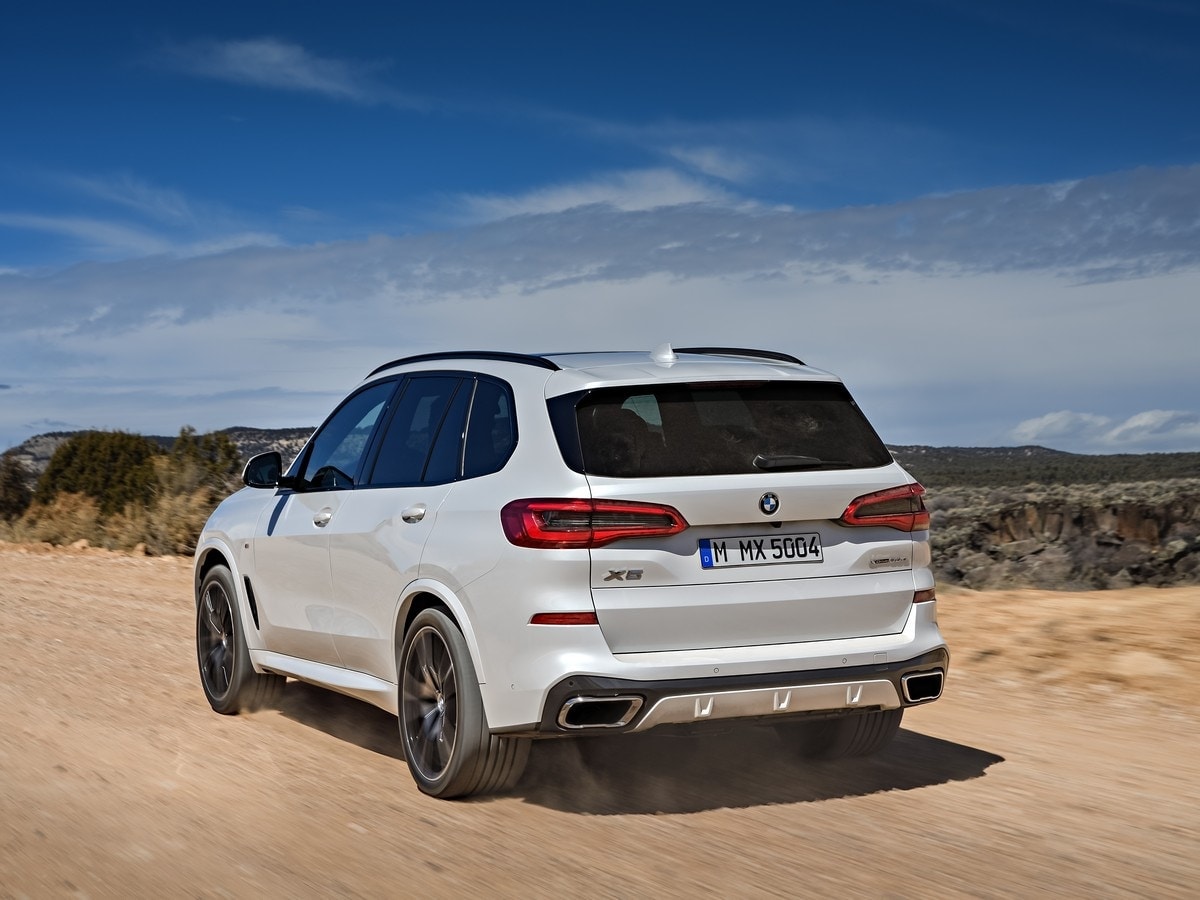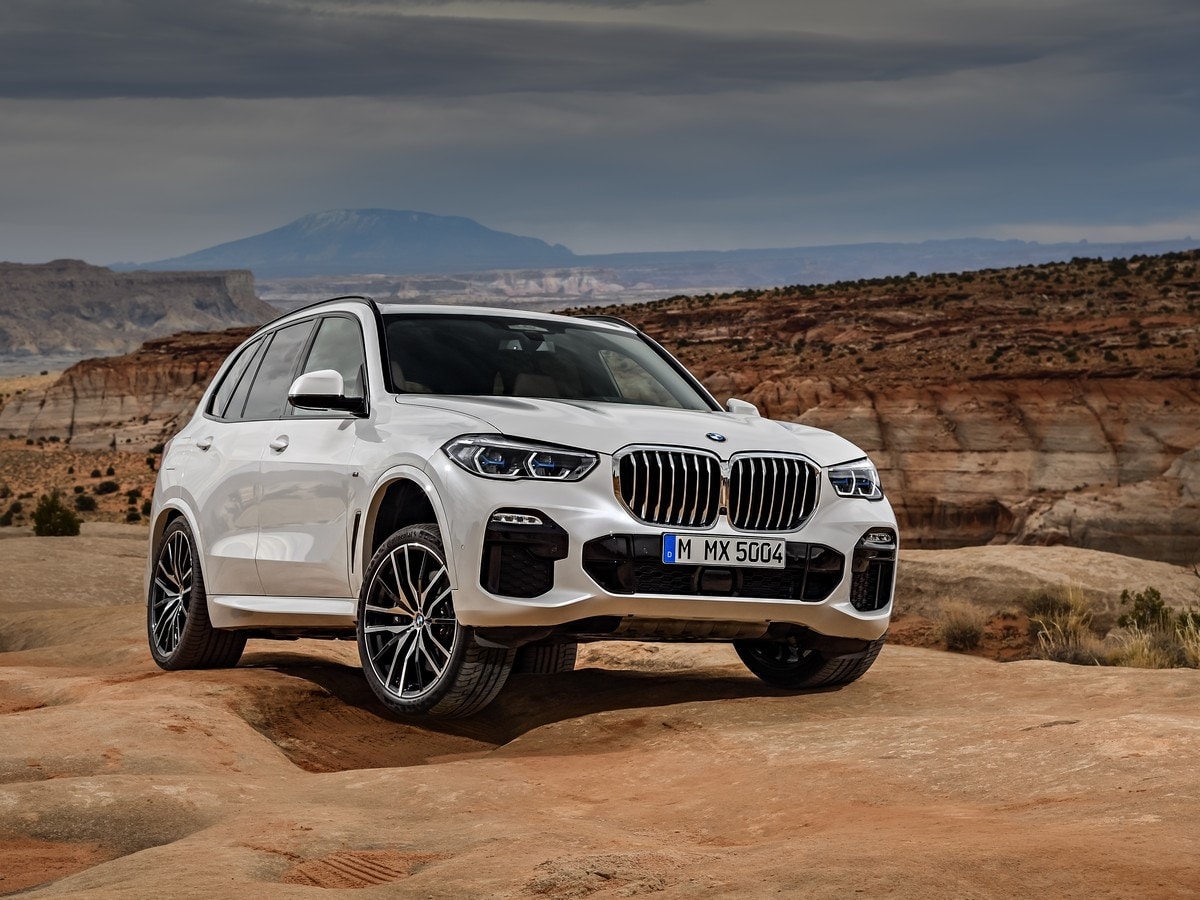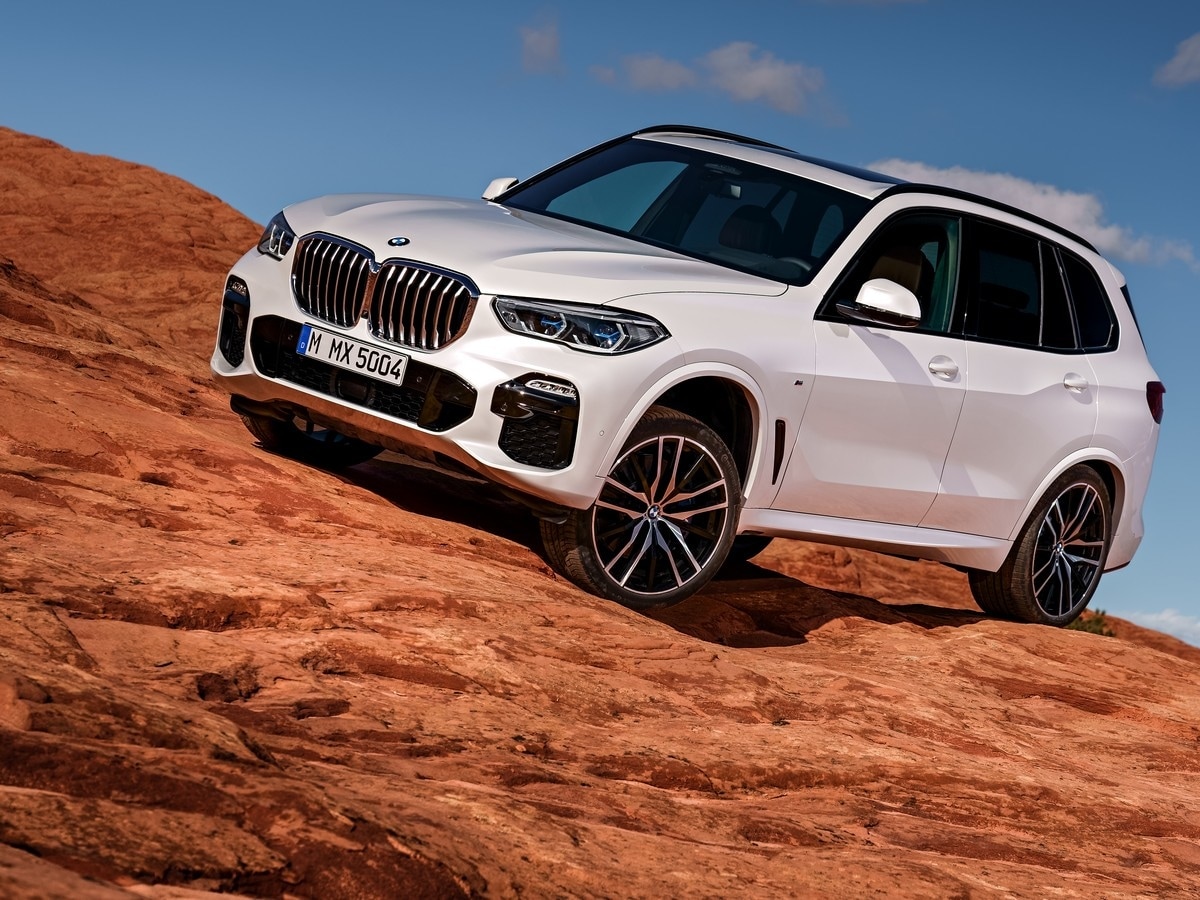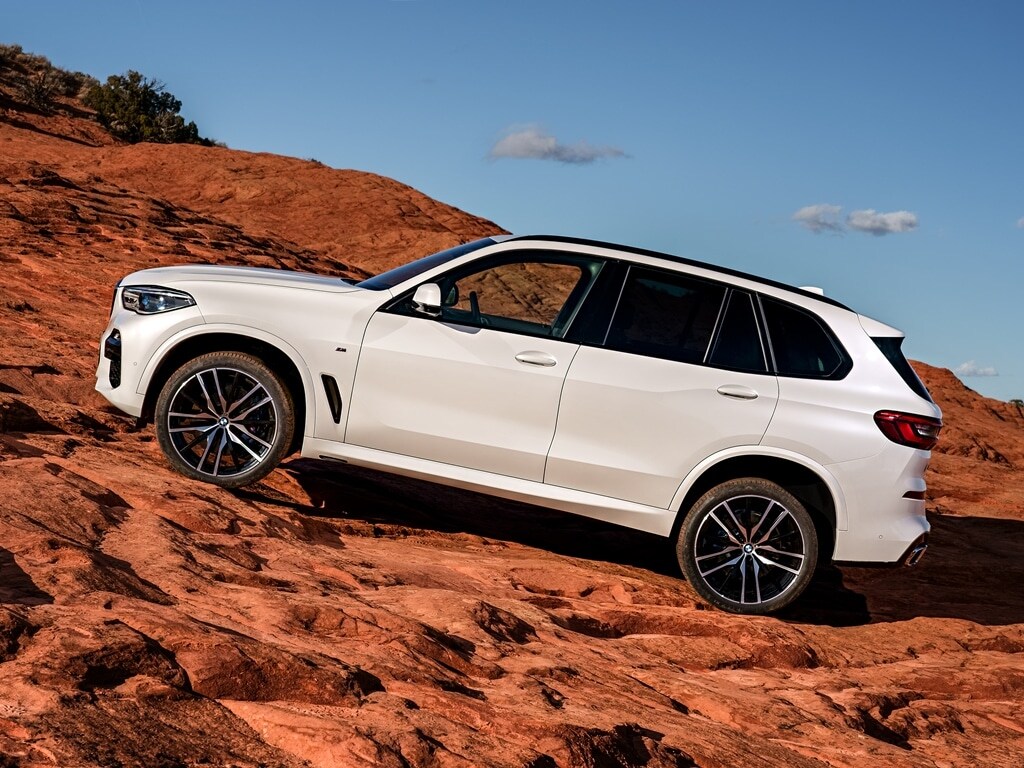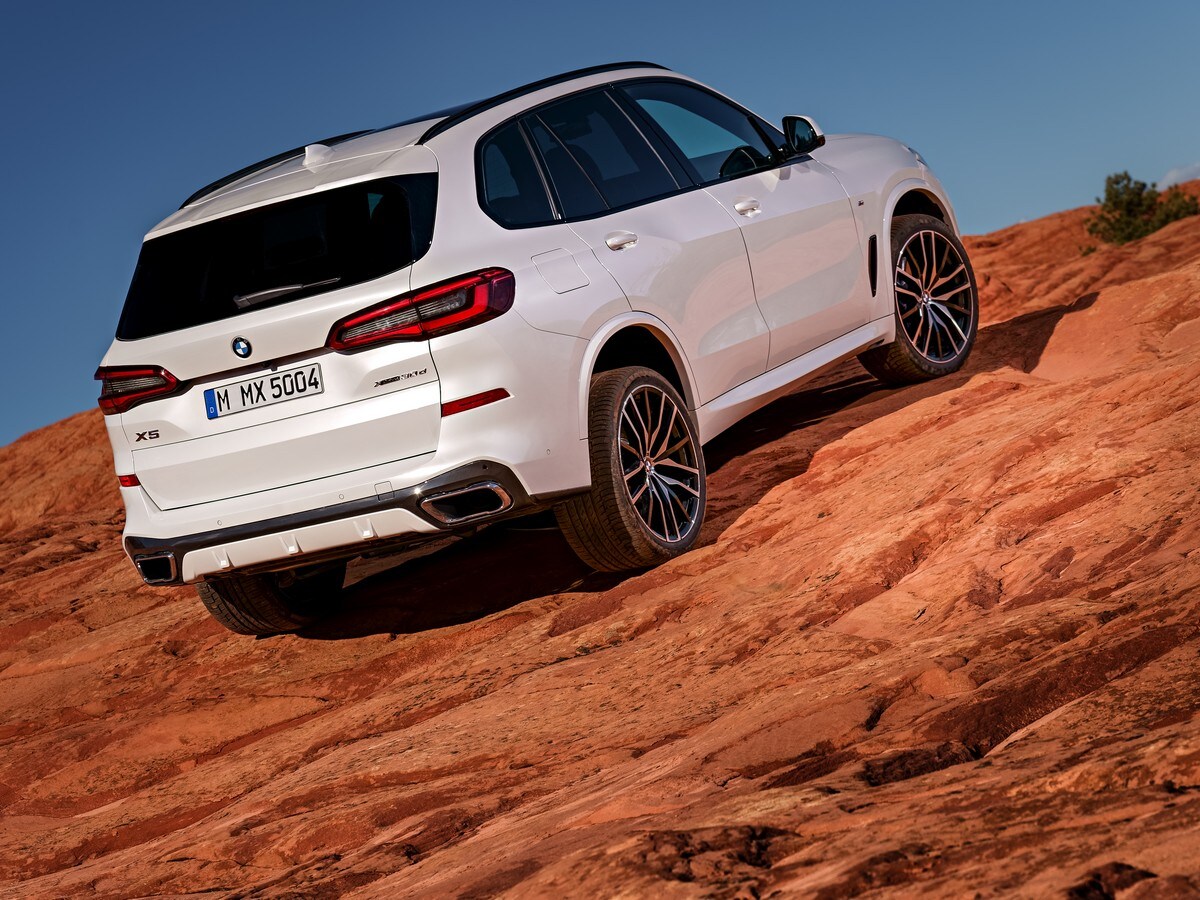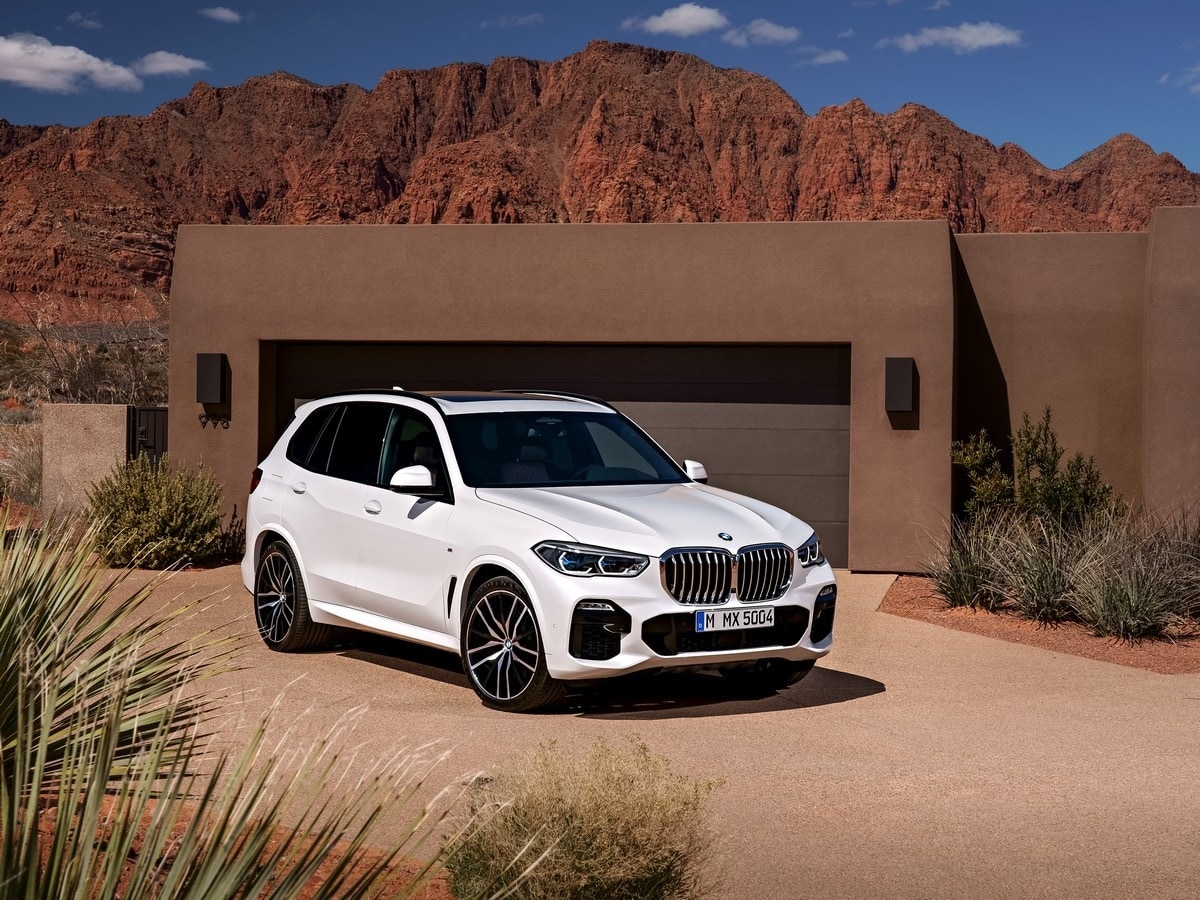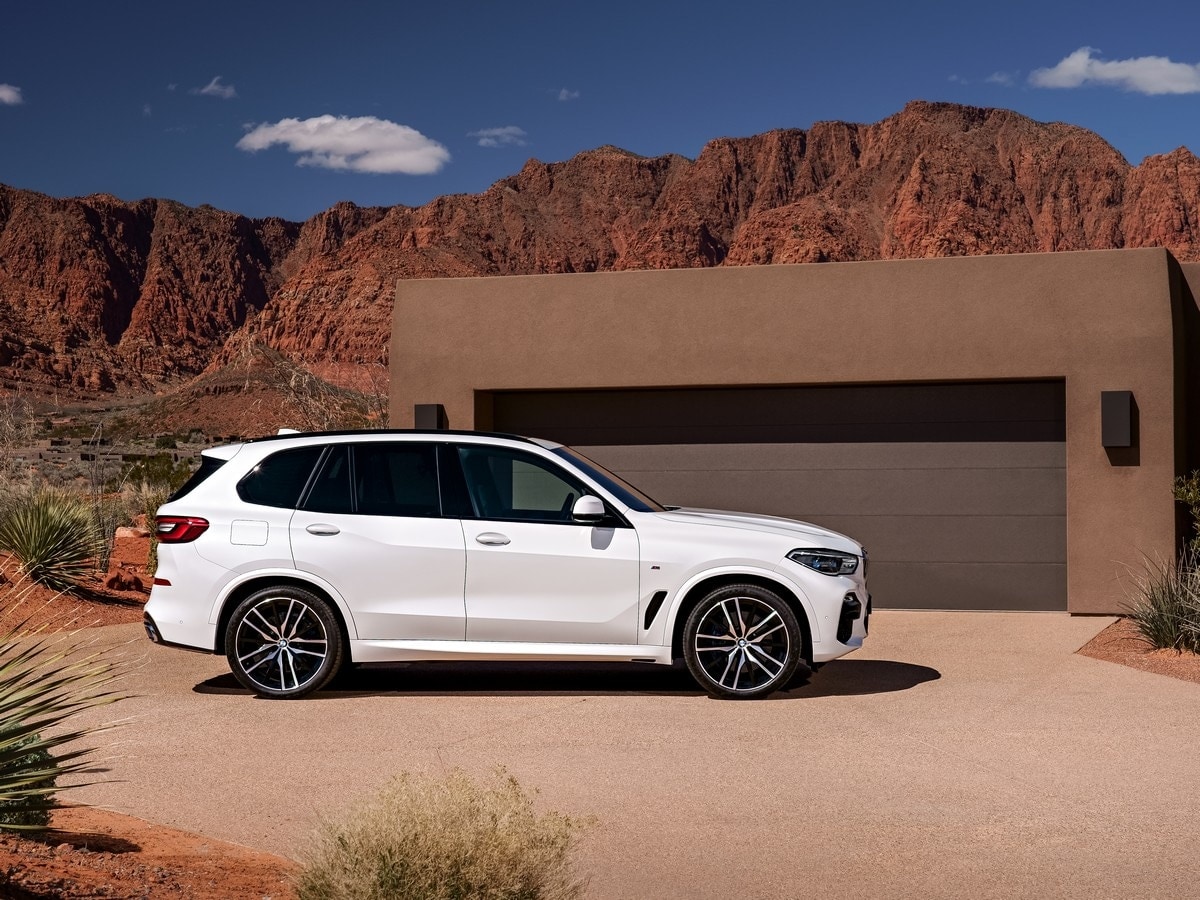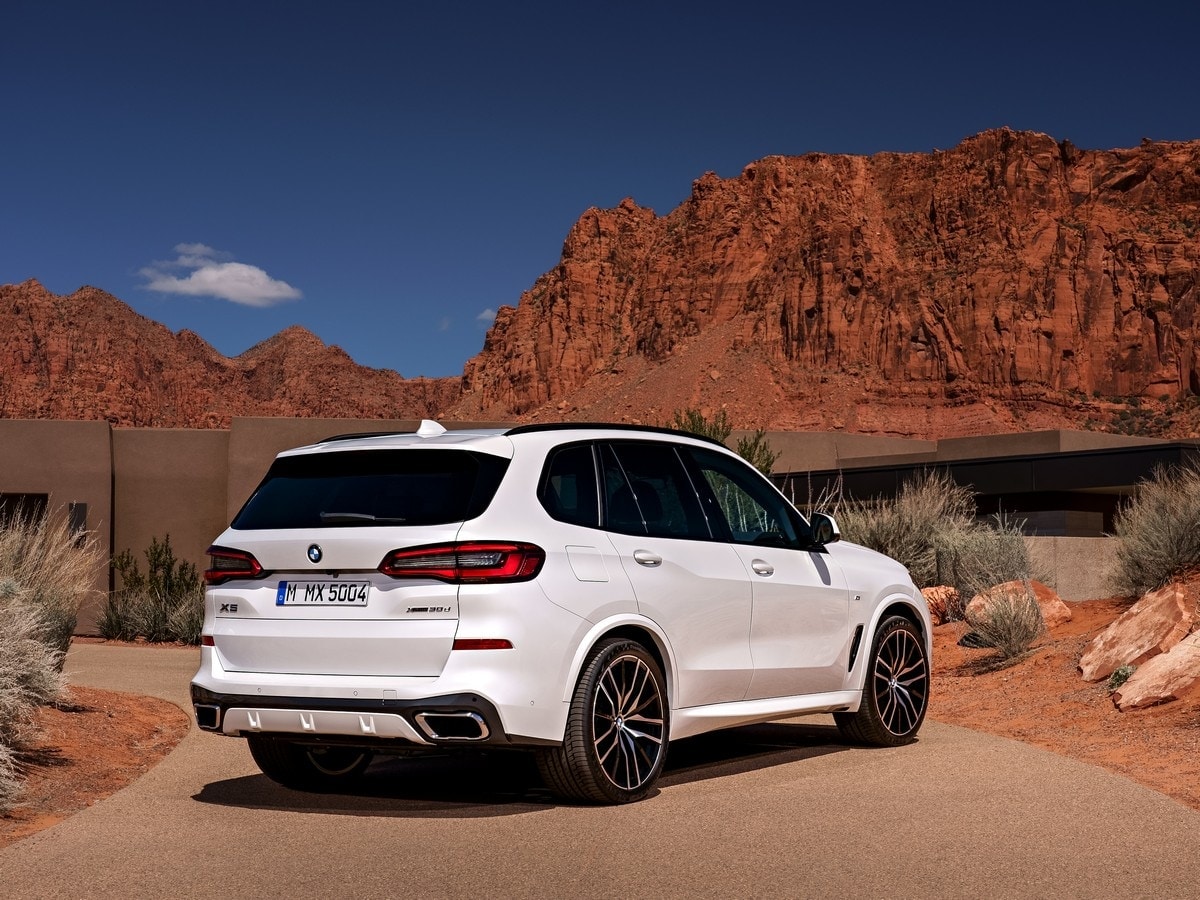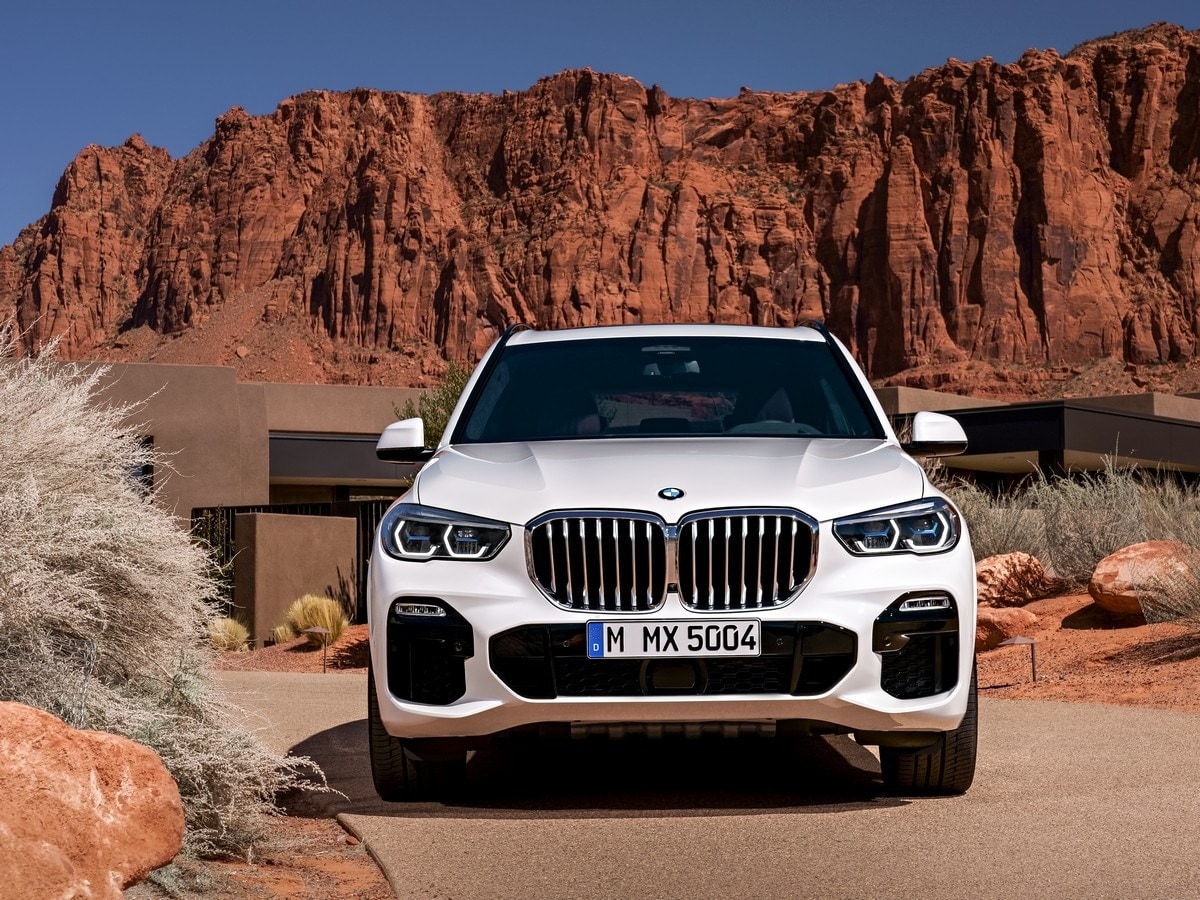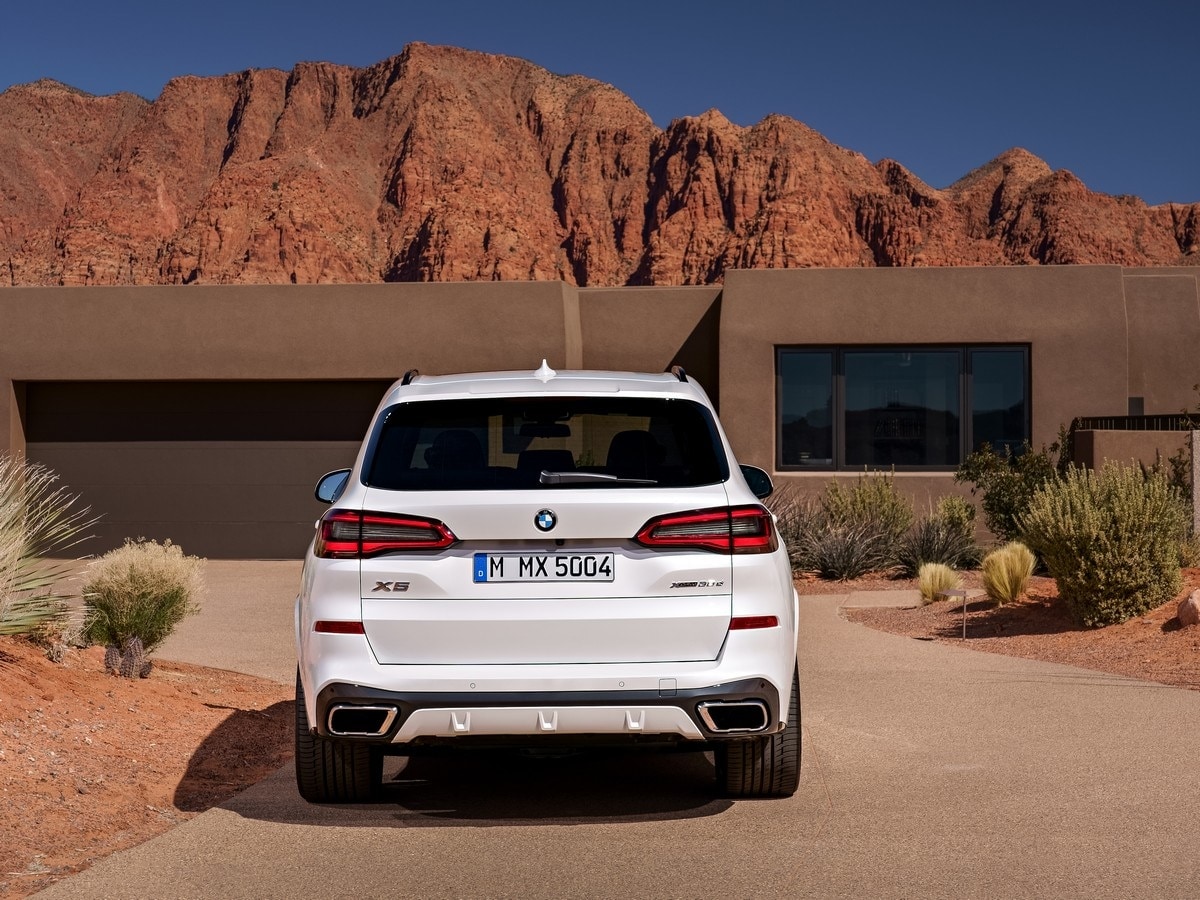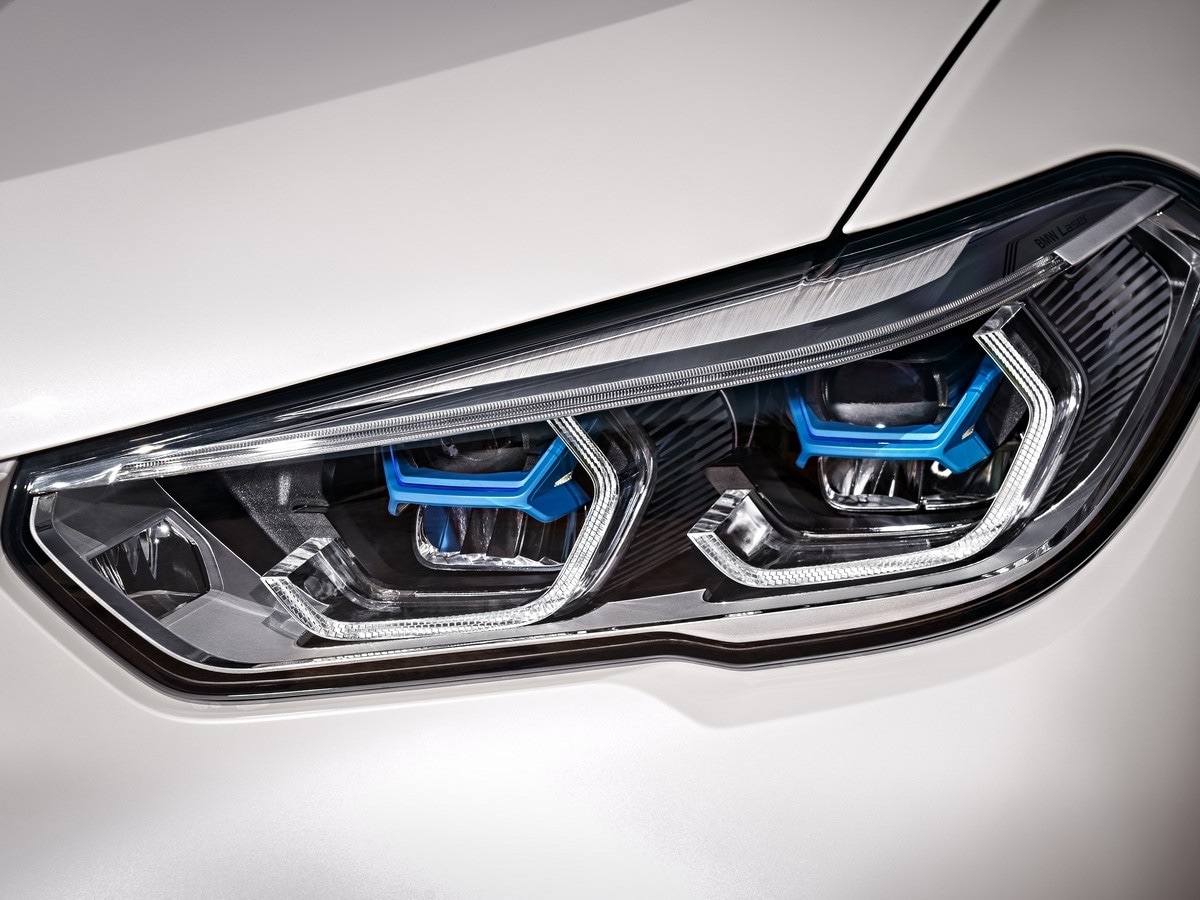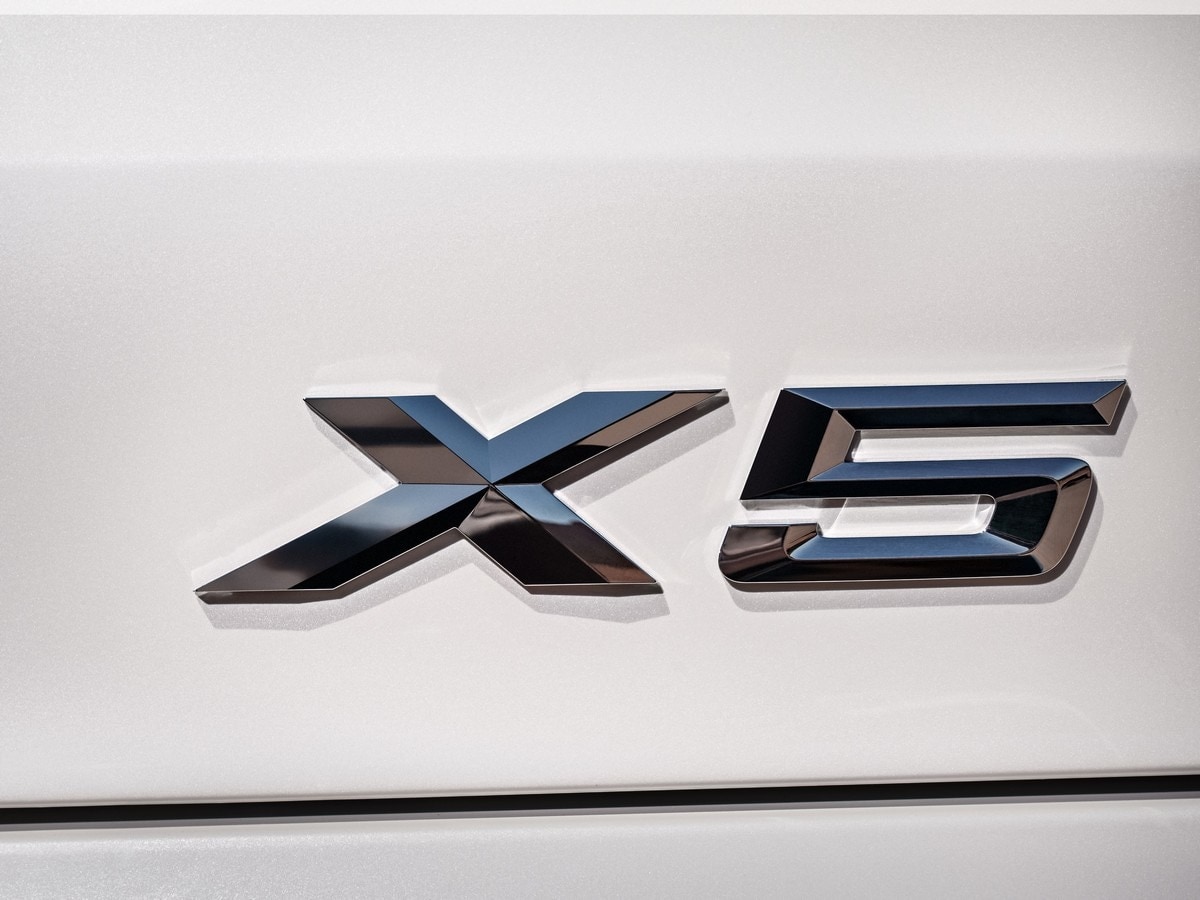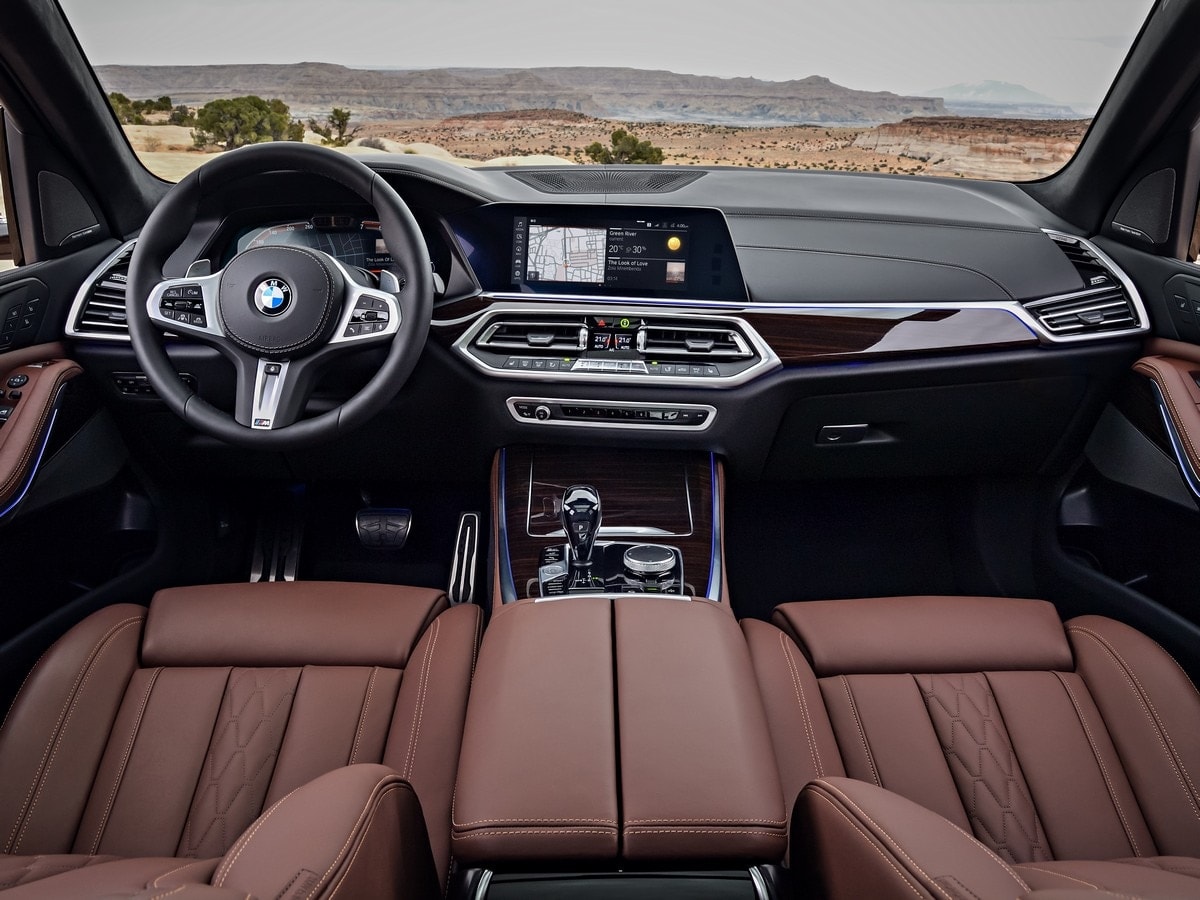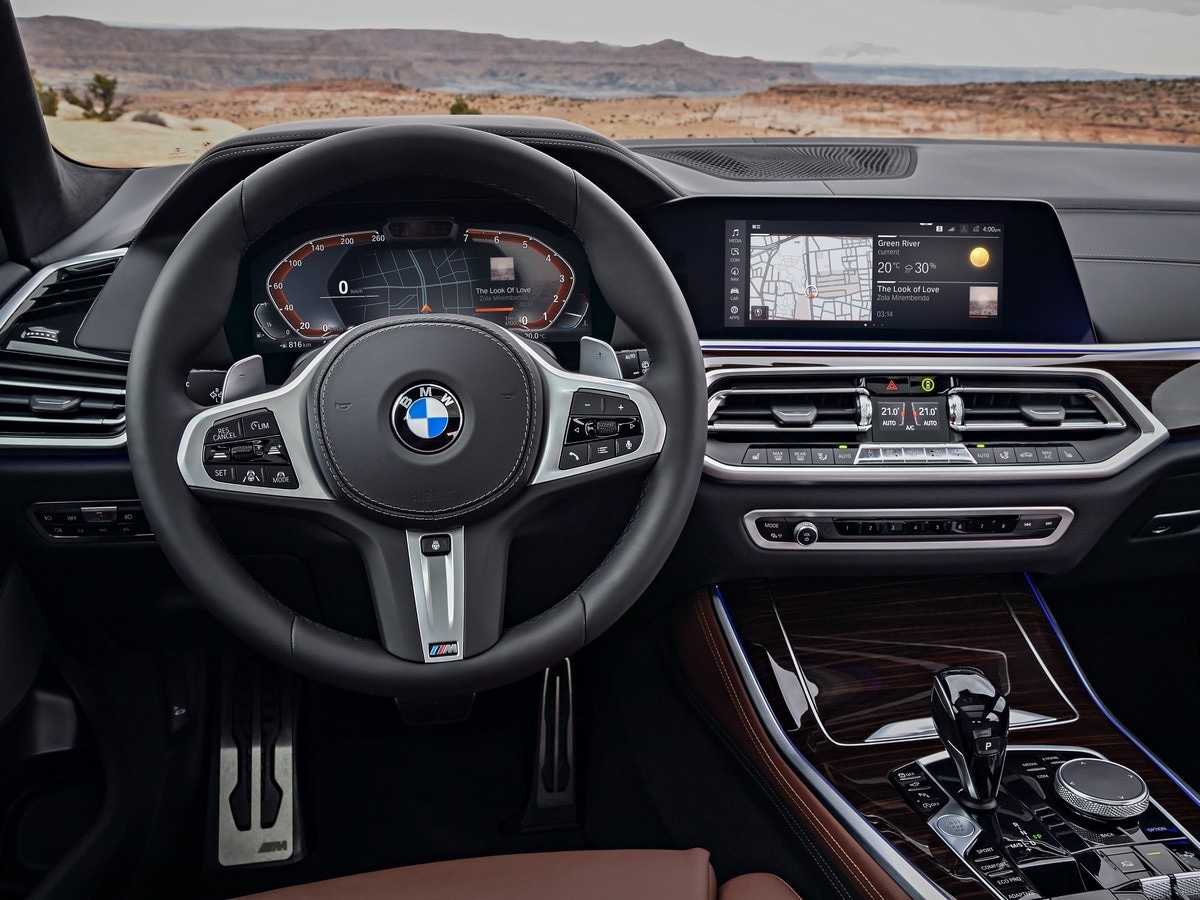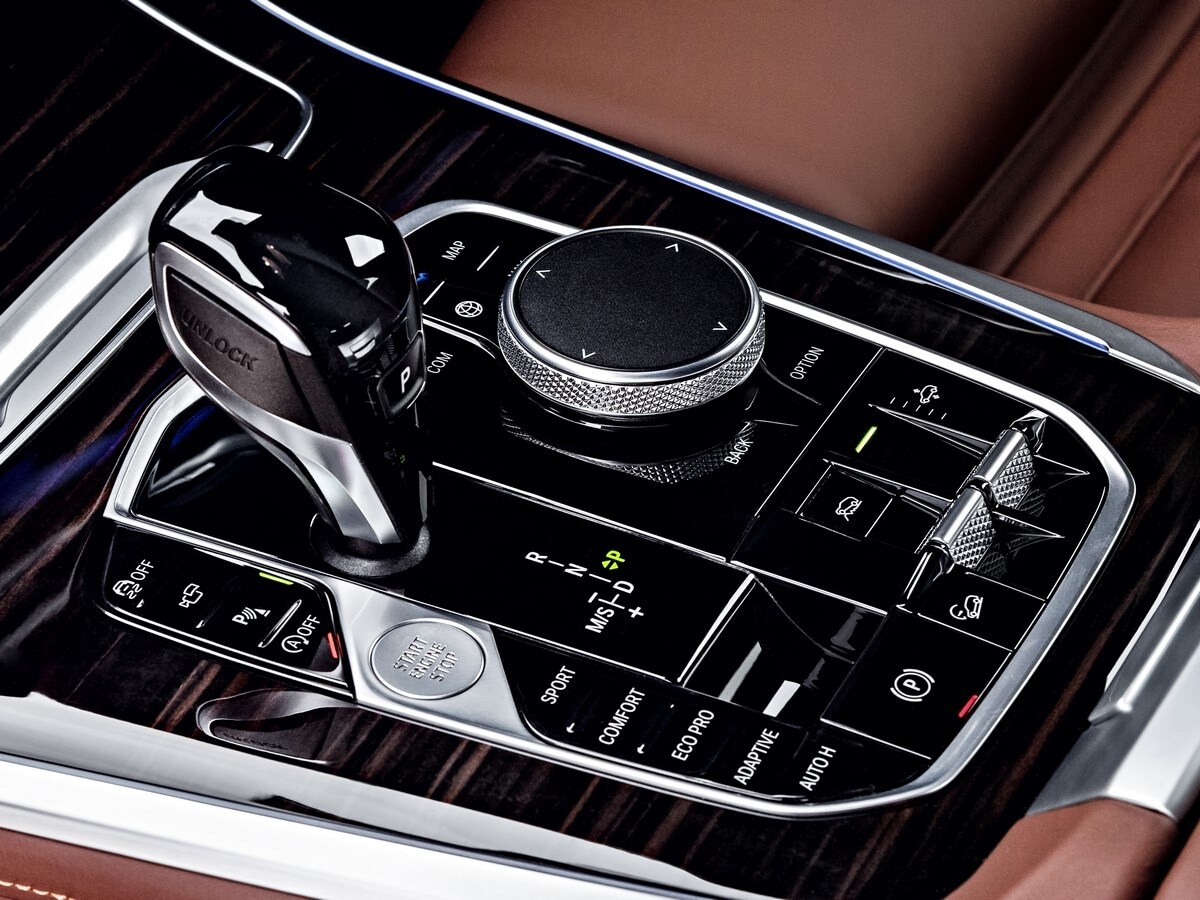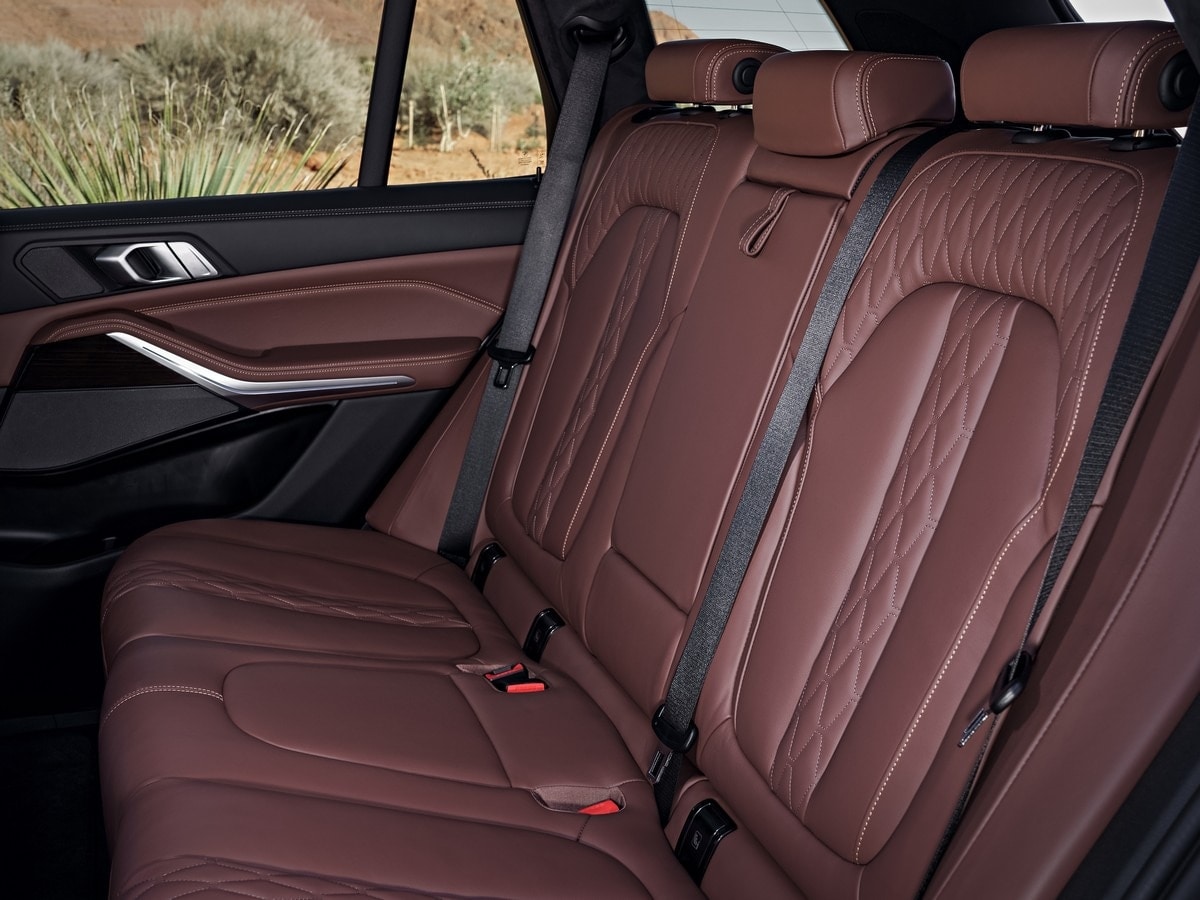UPDATE: You can now read our first review of the 2019 BMW X5
BMW was one of the first European carmakers to enter the SUV derby with the original X5, a vehicle that became a game-changer for the Bavarian company by virtue of its athletic dynamics and European persona.
That was in 2000, and not only has the X5 been a sales success, it’s spawned a new range of X vehicles—SAVs, in BMW parlance, for Sports Activity Vehicles. And in November BMW showrooms will begin displaying the latest of them, the fourth generation of the 2019 X5 which boasts refined styling, ample power, and a vast array of gee-whiz techno features. The latter were conceived to enhance connectivity and relieve owners of some of the stresses and tedium of driving as BMW edges ever-closer to fully autonomous vehicles.
This will be a biggest BMW yet, although it will soon cede that distinction to the even larger X7, due next year. The wheelbase has been lengthened 1.6 inches, to 117.1, overall length stretches 1.1 inches to 194.3, the roof elevates one inch, to 69.0, and width expands dramatically, from 76.6 inches to 78.9.
Four-wheel drive is standard, and like other SUVs in this class, curb weights are substantial: just over 4,800 pounds for the 6-cylinder X5 xDrive40i, almost 5,200 for the V8-powered X5 xDrive50i.
Also: Get your first look at the new and redesigned cars of 2019
More muscle
Both engines are nourished by twin turbochargers, with variable valve and cam timing, and BMW characterizes both as new. The inline six is rated for 335 horsepower, from 5,500 to 6,500 rpm, and 330 lb-ft of torque across a broad plateau: 1,500 to 5,200 rpm. The 4.4-liter V8 churns up 456 horses at 5,250 to 6,000 rpm, and a hefty 479 lb-ft of torque from 1,500 to 4,750.
BMW is particularly proud of the eight, rhapsodizing about its “intoxicating blend of prodigious power delivery and signature V8 soundtrack.” The engineering team anticipates a 0-to-60 mph time of 4.6 seconds, which is quite vigorous a vehicle weighing well over two tons. Both engines prefer premium fuel — BMW has not yet finalized EPA fuel economy forecasts — and both are mated to an 8-speed automatic transmission. Equipped with a BMW hitch, the X5’s towing capability is just over 7,200 pounds, regardless of engine.
With 4-wheel drive and 8.7 inches of ground clearance, the standard X5 can easily handle moderate off-road use. But for those who anticipate tackling more rugged terrain, the new SUV features an optional Off-Road Package, with a pneumatic suspension system that automatically adjusts damping of each wheel as well as an electronic rear differential lock and underbody skid plates. The Off-Road Package is just one of several available chassis systems that allow the driver to adjust ride quality and dynamics via the new Driver Experience Control.
More: 2019 Car Reviews: First takes on new models
Cloud services
BMW has massaged essentially all of the X5’s sheetmetal including a redesigned twin kidney grille, a strong character line defining the sides, a sculpted hood, a slightly reduced front overhang, a 2-element rear hatch, standard adaptive LED headlights, new wheel designs ranging from 19 to 22 inches. Still, the most striking element of the latest generation is its astounding inventory of standard and available comfort, convenience, and driver assistance features.
A few examples: Remote start, via the keyfob or BMW Connected app; Parking Assistant Plus, which will maneuver the X5 into parallel parking spots; Back Up Assistant, which can handle autonomous reversing up to 55 yards; Top View and Panorama View, giving the driver a 360-degree of the vehicle’s surroundings; Live Cockpit Professional, a function of the latest generation (number seven) of BMW’s iDrive system with two 12.3-inch display screens, one in the instrument binnacle, the other in the center dash.
There’s more. For example, the Connected Package Professional, which includes Remote Services, Concierge Services, street parking information, and real-time traffic info, a standard X5 feature for the first four years of ownership. The key to these and many other new functions is rooted in BMW’s server accessing the cloud—characterized by BMW as the Open Mobility Cloud—which allows customers to utilize personal digital devices such as smart phones, smart watches using Android systems, Alexa-compatible devices, and Google Home.
Luxury features include a bigger (by 30 percent) panoramic glass sunroof, leather, a 1,500-watt Bowens and Wilkins Diamond Surround Sound system with 20 speakers, and an optional rear seat entertainment system with a pair of 10.2-inch screens integrated into the front seatbacks. Touch screen controls and Blu-ray compatible DVD players. And as you’d expect, there’s also an extensive suite of safety features, under the heading of Active Driving Assistant—lane keeping assist, imminent collision warning, pedestrian and cyclist detection, city collision mitigation, rear cross traffic alert, and speed limit information.
The X5 will roll out in two basic trims, xLine and the more athletic M Sport. Standard configuration for both is seating for five, but a third-row seat will be available. With the rollout still several months away, BMW refrained from any mention of pricing for the fourth generation X5. Like its predecessors, assembly will take place at BMW’s plant in Spartanburg, South Carolina.
